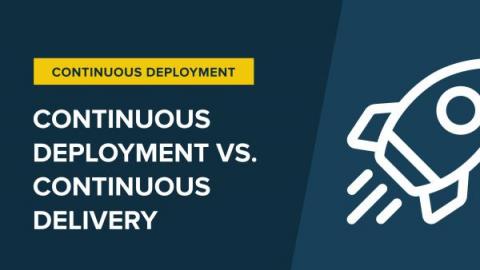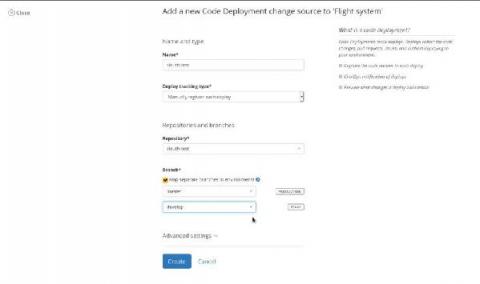Three meetings your remote startup must have (and one to avoid)!
As a small startup, and a fully remote one to boot (thanks COVID), having only the “right” amount of meetings is crucial. Over-index on meetings and your team will get nothing done. Go too far the other way and your team won’t understand the vision, why you are doing what you are doing, and won’t be able to form the personal bonds that are required for a small team to succeed. We set aside 45 minutes every morning to discuss pretty much anything and everything.









